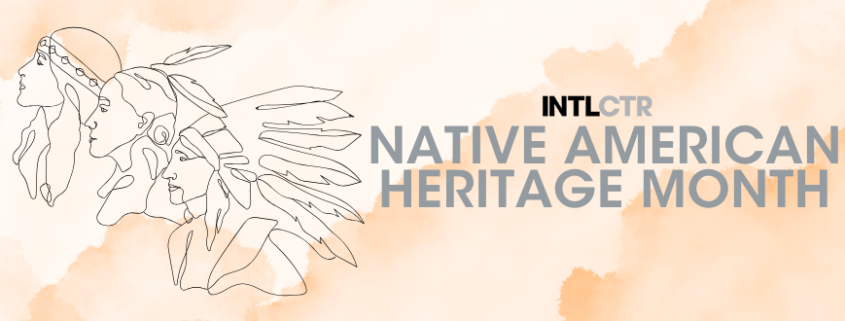The Global Significance of Native American Heritage Month: A Celebration of Indiana’s Indigenous Legacy
Native American Heritage Month, celebrated throughout November, holds immense international significance. It is a time to honor the rich tapestry of indigenous cultures, their enduring contributions, and their profound impact on a global scale. Within the heartland of the United States, Indiana (whose name literally means “Land of the Indians”), home to diverse indigenous tribes, holds a unique place in this celebration.
A Historical Tapestry of Indigenous Cultures
Indiana is the ancestral homeland of several Native American tribes, including the Miami, Potawatomi, Delaware, Shawnee, and Kickapoo. These tribes have left an indelible mark on the state’s history and culture, shaping the course of local and international events.
The Miami Nation, with its vast traditional homeland covering a significant part of Indiana, played a pivotal role in shaping the state’s history. Their influence can be seen in the names of many cities and towns, leaving a lasting legacy. The Potawatomi tribe, celebrated for their agricultural expertise, greatly impacted the region’s history by contributing to the fur trade. Meanwhile, the Delaware tribe, renowned for preserving cultural traditions and their language, enriched not only Indiana but also the broader landscape of Native American heritage.
Celebrating Global Contributions
Native American Heritage Month is an opportunity to recognize and honor the invaluable contributions of Native Americans, extending well beyond the borders of Indiana. Native American individuals and communities have made significant advancements across various domains, both historically and in the present day.
Historically, Native Americans have been influential in the realms of art, literature, and politics. Notable authors like Scott Momaday and Louise Erdrich have achieved international acclaim for their literary contributions. Similarly, figures such as Ben Nighthorse Campbell have held influential positions in American politics, contributing to the global understanding of indigenous peoples’ rights and issues.
Indigenous art has also gained recognition on the international stage, with Native American artists like George Winter and Kay WalkingStick leaving a profound impact on the global art scene. Their work, often reflecting the rich traditions and spiritual beliefs of their tribes, has transcended borders, captivating audiences worldwide.
Indiana’s International Connection
The International Center has a strong relationship with the Eiteljorg Museum of American Indians and Western Art, located in Indianapolis. The Eiteljorg is renowned for its extensive collection of Native American art and artifacts. It is deeply committed to preserving, celebrating, and sharing the diverse cultures of indigenous peoples, not only in Indiana but on a global scale. The Eiteljorg Museum consistently hosts a variety of exhibits and events throughout the year that shed light on the art, history, and culture of Native American tribes, both from Indiana and beyond. During Native American Heritage Month, these exhibits take on a special significance, offering a unique opportunity to explore the global relevance of Indiana’s indigenous heritage.
A Time to Reflect
Native American Heritage Month is a time to celebrate the enduring legacy and the invaluable contributions of Native Americans in Indiana and throughout the United States. By recognizing the cultural diversity and rich heritage of indigenous tribes from Indiana, we can better appreciate their significance on a global scale. Institutions like the Eiteljorg Museum play pivotal roles in fostering international understanding and appreciation of these rich traditions, connecting Indiana to the world in a meaningful way.
As we honor Native American Heritage Month, let us remember the global importance of preserving and celebrating the history, culture, and contributions of Native American communities, both past and present. Their impact extends far beyond Indiana’s borders, shaping the narrative of indigenous heritage on an international stage.
By: Grace Bland, Marketing & Communications Manager

